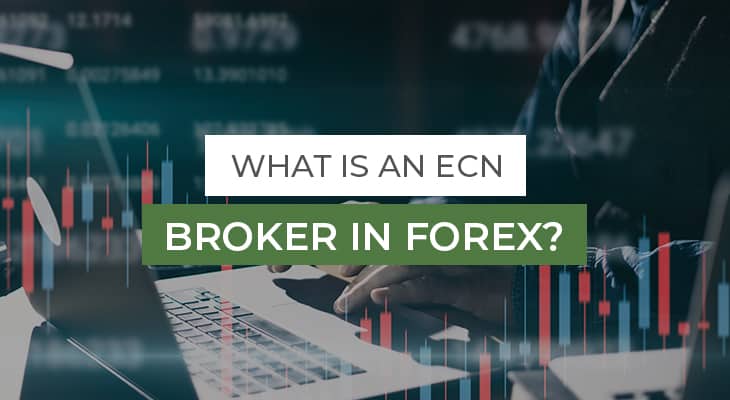It allows its users to lend and borrow their cryptocurrencies in a secure and efficient manner. In order to transact on Aave, lenders are required to deposit their funds into liquidity pools so that other users can then borrow from these pools. In each pool, assets are normally set aside as reserves with a view to hedging against volatility and ensuring that lenders will be able to withdraw their funds once they wish to exit the protocol. The two key concepts that govern the working of AMM are liquidity providers and liquidity pools. Liquidity providers deposit their crypto assets in the liquidity pools of the marketplaces to facilitate their token swapping, lending, and borrowing functions. You can still make profits by simply trading DeFi assets and rebalancing portfolios that hold the governance tokens of your dearest lending or DEX protocols.
Furthermore, because institutional investors have access to more money than low-capital investors, DeFi protocol architects would often favor institutional investors over low-capital investors. With Balancer, liquidity pools are not limited to two tokens as the platform supports up to eight different tokens within a single pool. Like its main rival, Balancer LPs and traders will need to use a supported Ether wallet to access and interact with the exchange. All three methods – staking, yield farming, and liquidity mining – are just ways to put investor’s crypto-assets to use and earn a passive income. While that is the origin, staking has evolved and now frequently includes any process of locking your crypto in a wallet or exchange to earn rewards. Based on this newer interpretation, liquidity mining would be a form of staking.
Best FREE Crypto Telegram Channels 2023 (Trading Signals)
Until now, cryptocurrencies were traded exclusively on a centralized exchange (CEX). However, smart contracts can also give rise to decentralized exchanges (DEX) that function completely automatically and autonomously. DEXs are open platforms that are not reliant on any central firm to govern users’ accounts or orders.
Unlike private pools, the setup and specifications of a shared pool are fixed. On top of trading fees, you can get native BAL tokens to further your returns. Profits can be pretty solid, considering the number of decentralized exchanges, the growing demand, and each exchange craving a tiny bit of liquidity.
Yield Farming vs. Staking vs. Liquidity Mining
Before choosing a strategy, it is imperative to understand the differences between them. Curve was introduced in 2020 as an attempt to offer an advanced automated market maker exchange with low fees for traders and substantial savings for liquidity providers. Curve what is liquidity mining focuses mainly on stablecoins, therefore granting investors an opportunity to evade more volatile crypto assets and earn high interest rates from their lending protocols. According to DeFi Llama, Curve is the largest protocol with TVL of more than $20 billion.
While the most common crypto investment approach is buying and keeping cryptocurrencies until their value rises, there are various other ways to create passive income. Liquidity mining is one such approach, which takes advantage of the massive buzz around decentralized finance (DeFi) while letting investors profit from their holdings. The SushiSwap team aims to provide a wide range of financial services in the future, including trading of stocks, futures, and options.
Step 3: Collect Rewards
At the heart of this, services such as staking or liquidity mining lie somewhere in the middle, offering investors to make more with their crypto. Rather than simply hodling their crypto assets, users can put them to use by placing them in marketplaces. These marketplaces are digital ecosystems that facilitate lending and borrowing. By providing this liquidity in the form of their own assets, users support the functioning of a marketplace and get rewards in return for their contribution. Many investors search for “what is liquidity mining in crypto” because of the similarities with staking. Staking is a passive income strategy that allows contributors to pledge (stake) their crypto assets via a consensus algorithm or protocol on a proof-of-stake network.
Investors can generate cash flow through cryptocurrencies and FIAT currencies in various ways. Price discovery reflects traders’ understanding of the relevant market supply and demand situation and expectations from future market opportunities. Liquidity mining has the capacity to upend the allocation of resources and even enable investors and various financial institutions to reach more reasonable decisions based on price.
Our Services
Whether you decide on one approach or another, always do your own research and never risk more than you can afford to lose whenever investing in any asset class. Liquid proof of stake (LPoS) is an improvement over traditional proof of stake (PoS) that allows users to s… A honeypot is a scam used in the crypto industry to trap victims and steal their assets or sensitive inform… Flatcoins are cryptocurrencies whose value is pegged to the cost of living, rather than fiat or commodity. Tokens based on a blockchain, NFTs are used to guarantee ownership of an asset.
- As the name clues, these are exchanges with no centralized power behind them.
- A crypto liquidity provider (LP) is an individual or entity contributing their crypto assets to a liquidity pool.
- Anyone can add their assets in the liquidity pool and become a market maker, known as the liquidity provider.
- You can adjust the pools and pick the reward structure, with 0.3% being the most popular option across pools.
A larger stake of locked-in liquidity gives you a bigger piece of the total pie. UniSwap is arguably the largest decentralized crypto exchange with a current trading volume of more than $800 Billion. The platform supports Ethereum and ERC-20 tokens (only Ethereum-hosted assets). By depositing their assets into the Defi platforms, the (LPs) make it easier for traders to get into and out of positions with the trading fees partly used to reward them.
Final thoughts: Is Liquidity Mining Worth It?
A creator of a liquidity pool might shut it down at any time and walk away with the assets that you’ve invested. Therefore, you still need to analyze your tokens thoroughly before providing liquidity. Traditionally, market makers in the order-book exchanges provide liquidity, making money through price control and arbitrage.
VLP is a specialized consulting firm based in Toronto providing a variety of services focused on TSX Venture Exchange listed issuers. From there, you will likely need to create an account or join the pool in some other way. Enjoy the highest earning rates in the market with top performing trading strategies. Cronje comments that the YFI token has no real value, since its usefulness is simply that of a “governance token”, although the YFI protocol is developed solely and exclusively by him. Decentralized Finance has been a resounding success and it has witnessed an upsurge of activity as well as public interest.
Crypto signals are trading ideas from expert traders to buy or sell a particular cryptocurrency at a specific price or time.
Sometimes smaller exchanges attract fewer providers, and you get a bigger share of a smaller reward, resulting in higher profits compared to the likes of Uniswap. Once the governance tokens turn viral, you can use them to add liquidity outside of the platforms for major trading pairs featuring Bitcoin and beyond. An alternative would be simply swapping your gained tokens to Bitcoin, Ethereum, or any other token available and traded for profits.









